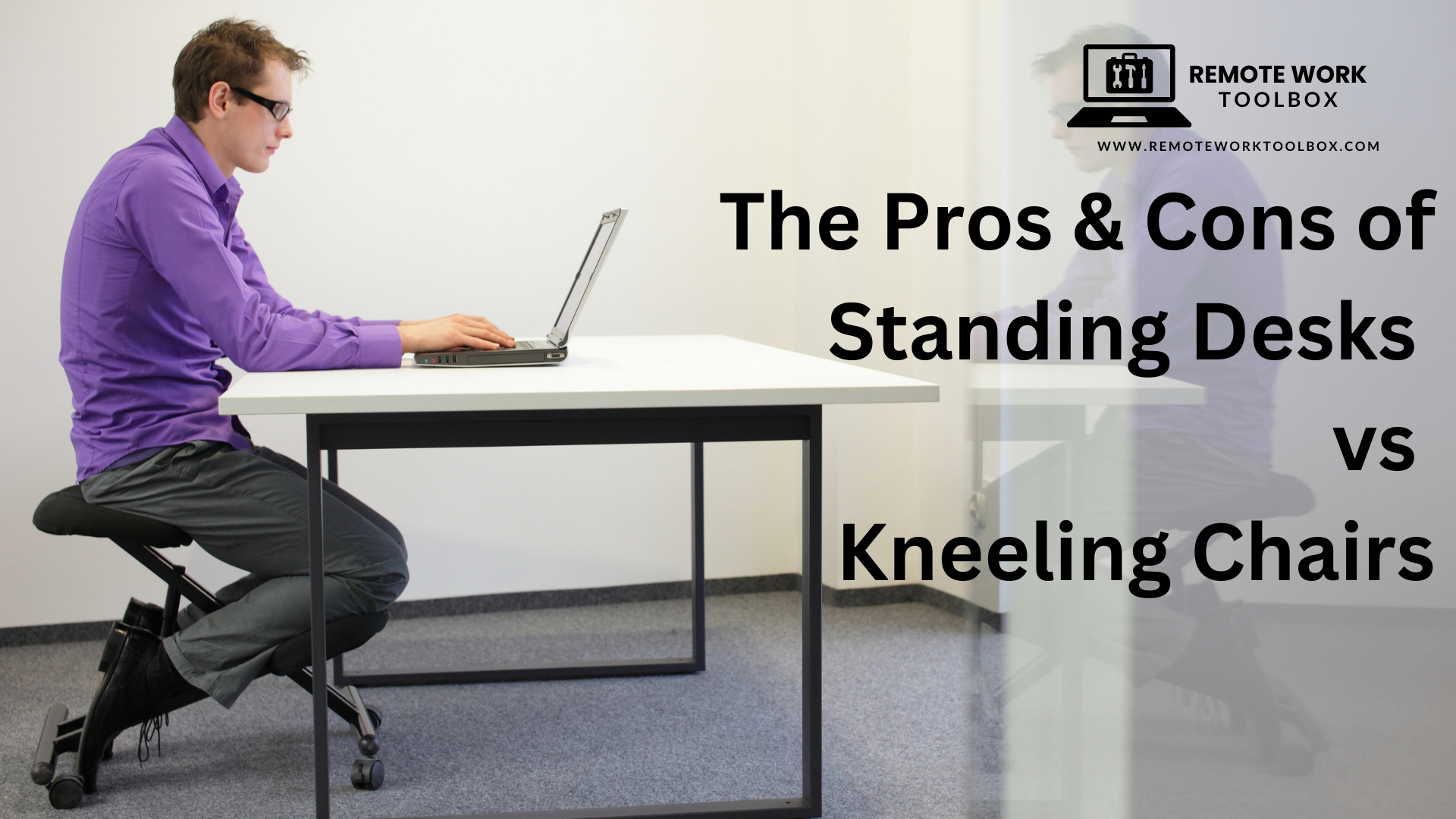The shift towards remote work has transformed the modern workplace. With advances in technology and changes in work culture, many employees now have the option to work from home or in an office. Understanding the pros and cons of each can help businesses and employees make informed decisions about their work environments. This article provides a comprehensive comparison between working from home and office work, highlighting the benefits and challenges of each. With insights from recent research and industry best practices, we’ll explore how different work environments impact productivity, work-life balance, and overall job satisfaction.
Understanding the Basics
Remote Work: Remote work, also known as telecommuting, involves employees working outside of a traditional office setting, often from their home office. This model offers flexibility in work hours and location, allowing remote workers to balance their professional and personal lives more effectively. Remote work can be conducted from various locations, including home offices, coworking spaces, or even while traveling as a digital nomad. The rise of remote jobs has opened up opportunities for a diverse workforce across different locations.
Office Work: Office work refers to the traditional model where employees work from a dedicated office space. This environment provides structure and facilitates direct interactions with colleagues, promoting collaboration and a clear separation between work and home life. Office work often involves set work hours and a consistent daily routine, which can enhance productivity for some individuals. Traditional office settings are still preferred by many in-office workers who appreciate the dedicated workspace and face-to-face interactions.
Hybrid Work Models: The hybrid work model combines elements of both remote and office work. Employees may split their time between working from home and working in an office, allowing them to enjoy the benefits of both environments. Hybrid work models offer flexibility and can be tailored to meet the specific needs of both the company and its employees. This model has been increasingly adopted by a growing number of companies seeking to balance employee satisfaction and operational needs.
Pros of Working From Home
Better Work-Life Balance
- Flexibility in Work Schedules: Remote workers can create schedules that fit their personal lives, leading to a better work-life balance. This flexibility allows for managing family responsibilities, personal errands, and other activities without compromising work commitments. Flexible schedules enable remote employees to work at their most productive times, whether it’s early morning or late at night.
- More Time for Personal Life and Family: Eliminating the daily commute frees up additional time that can be spent with family or on personal hobbies and interests. This can lead to improved mental health and job satisfaction. For instance, spending extra time with children or engaging in leisure activities can enhance overall well-being.
- Ability to Work from Any Location: Remote work offers the freedom to work from any location, whether it’s a home office, a coffee shop, or even while traveling. This flexibility is particularly beneficial for digital nomads who enjoy exploring new places while maintaining their careers. The ability to choose a comfortable and inspiring work environment can boost creativity and productivity.
Cost Savings
- Savings on Commuting Expenses: Remote employees save money on transportation costs, including gas, public transportation fares, and vehicle maintenance. This reduction in commuting also decreases the carbon footprint. Fewer daily commutes mean less wear and tear on vehicles and a positive impact on the environment.
- Reduced Need for Professional Attire: Working from home eliminates the need for a formal dress code, saving money on business attire and dry cleaning services. Casual clothing can also contribute to a more relaxed and comfortable work environment.
- Lower Daily Expenses: Remote workers can save on daily expenses such as meals, coffee, and other incidental costs associated with working in an office environment. Preparing meals at home can lead to healthier eating habits and additional cost savings.
Increased Productivity
- Fewer Distractions from Colleagues: Working from home reduces interruptions from colleagues, allowing remote employees to focus on their tasks and complete work more efficiently. The ability to create a quiet and personalized workspace can enhance concentration and productivity.
- Customized Work Environment: Remote workers can create a work environment that suits their personal preferences and needs, which can enhance comfort and productivity. Ergonomic furniture, proper lighting, and personalized décor can contribute to a more productive workspace.
- Ability to Focus on Work without Office Interruptions: Without the constant noise and activity of an office, remote workers can concentrate better and produce higher-quality work. The absence of impromptu meetings and office chatter allows for deeper focus and increased efficiency.
Health Benefits
- Reduced Stress from Commuting: Avoiding the daily commute reduces stress and fatigue, leading to improved mental health and well-being. The time saved from commuting can be used for self-care activities, such as exercise or meditation.
- More Time for Physical Health Activities: Remote workers have more flexibility to incorporate exercise and healthy habits into their daily routines, such as taking breaks for a walk or preparing nutritious meals. Regular physical activity can improve overall health and reduce the risk of chronic diseases.
- Better Mental Health with a Comfortable Home Environment: Working from home can create a more relaxed and comfortable atmosphere, contributing to better mental health and overall job satisfaction. The ability to personalize the workspace and take breaks as needed can enhance well-being.
Cons of Working From Home
Lack of Social Interaction
- Limited Face-to-Face Interactions with Colleagues: Remote work can lead to feelings of isolation due to the lack of in-person interactions with team members. Virtual meetings and video calls, while effective, cannot fully replace the nuances of face-to-face communication.
- Potential Feelings of Isolation: Without the social aspect of an office environment, remote employees may experience loneliness and disconnection from their team. Companies can address this by organizing virtual social events and encouraging regular check-ins.
- Missing Out on Office Camaraderie: The spontaneous conversations and camaraderie that occur in an office setting are difficult to replicate in a remote work environment. Building a strong company culture remotely requires intentional efforts to foster team bonding.
Work-Life Boundaries
- Difficulty in Separating Work from Personal Life: The line between work and personal life can blur when working from home, leading to overworking and burnout. Establishing a dedicated workspace and setting clear boundaries can help mitigate this issue.
- Overworking Due to Blurred Boundaries: Remote workers may find it challenging to “switch off” from work, leading to longer work hours and decreased work-life balance. It’s important to set a regular work schedule and take breaks to avoid burnout.
- Home Distractions Impacting Work Focus: Household responsibilities, family members, and other home-related distractions can interfere with work productivity. Creating a distraction-free work environment and communicating work hours to family members can help maintain focus.
Technical Challenges
- Dependence on Reliable Internet Connection: A stable internet connection is crucial for remote work, and any disruptions can impact productivity. Investing in reliable internet service and having a backup plan can mitigate connectivity issues.
- Need for Self-Discipline and Time Management Skills: Remote workers must be self-motivated and manage their time effectively to stay productive without direct supervision. Using productivity tools and techniques, such as time blocking and to-do lists, can enhance time management.
- Limited Access to Office Resources and Equipment: Remote employees may lack access to office equipment and resources, such as printers, ergonomic furniture, and IT support. Companies can support remote workers by providing necessary equipment and resources.
Potential Impact on Career Growth
- Less Visibility with Management: Remote workers may have fewer opportunities to interact with management, which can impact career advancement. Regular virtual meetings and proactive communication with managers can enhance visibility.
- Fewer Opportunities for Spontaneous Collaboration: The chance for impromptu discussions and brainstorming sessions is reduced in a remote work environment. Utilizing collaboration tools and scheduling regular team meetings can foster collaboration.
- Potential Biases Against Remote Workers: Some managers may have biases against remote work, perceiving remote employees as less committed or productive. Clear communication and demonstrating high performance can help overcome these biases.
Pros of Office Work
Structured Work Environment
- Clear Separation Between Work and Home: Working in an office provides a distinct boundary between work and personal life, helping employees maintain a healthier work-life balance. This separation can enhance focus and productivity during work hours.
- Dedicated Office Space and Resources: Office environments are equipped with resources and facilities that support productivity, such as ergonomic furniture, printers, and meeting rooms. Access to these resources can improve work efficiency.
- Consistent Daily Routine: A structured work schedule and routine can enhance focus and discipline, contributing to consistent productivity. The predictability of an office routine can help employees manage their time effectively.
Enhanced Collaboration
- Easy Access to Team Members for Quick Discussions: Being in the same physical space allows for spontaneous and efficient communication with colleagues. Quick face-to-face interactions can resolve issues faster and enhance teamwork.
- Opportunities for Brainstorming and Idea Sharing: Face-to-face interactions facilitate creative discussions and collaborative problem-solving. In-person meetings and brainstorming sessions can generate innovative ideas.
- Better Team Cohesion and Morale: In-person interactions help build stronger relationships and a sense of camaraderie among team members. Team-building activities and social events can further enhance team cohesion.
Career Advancement Opportunities
- Greater Visibility to Management: Office workers have more opportunities to interact with managers, increasing their chances of career advancement. Regular in-person interactions can help build strong professional relationships.
- More Opportunities for Networking and Mentorship: Being present in the office allows for organic networking and access to mentorship opportunities. Informal conversations and networking events can facilitate career growth.
- Access to Professional Development Resources: Office environments often provide access to training programs, workshops, and other professional development resources. Participation in these programs can enhance skills and career prospects.
Workplace Culture
- Stronger Sense of Belonging and Company Culture: Being part of the office environment helps employees feel more connected to the company’s culture and values. Engaging in office traditions and events can strengthen this connection.
- Participation in Office Events and Activities: Office workers can engage in team-building events, social activities, and other company-sponsored events. These activities can enhance job satisfaction and morale.
- Building Relationships with Colleagues: Daily interactions with colleagues help build strong professional relationships and a supportive work environment. Collaboration and teamwork can thrive in an office setting.
Cons of Office Work
Commute Time
- Time-Consuming and Stressful Commutes: Commuting to and from the office can be time-consuming and stressful, impacting overall well-being. Long commutes can lead to fatigue and reduced productivity.
- Impact on Work-Life Balance: Long commutes reduce the time available for personal life and family, affecting work-life balance. Time spent commuting could be used for leisure or self-care activities.
- Increased Carbon Footprint: Commuting contributes to environmental pollution and increases the carbon footprint. Reducing or eliminating commutes can have a positive environmental impact.
Higher Costs
- Expenses Related to Commuting, Meals, and Professional Attire: Working in an office incurs costs for transportation, meals, and professional clothing. These daily expenses can add up over time, affecting personal finances.
- Potential Costs for Childcare or Pet Care: Office workers may need to arrange for childcare or pet care, adding to their expenses. Working from home can reduce or eliminate these costs.
Office Distractions
- Noise and Interruptions from Colleagues: The office environment can be noisy and distracting, affecting focus and productivity. Frequent interruptions can disrupt workflow and reduce efficiency.
- Less Control Over the Work Environment: Employees have less control over their workspace and may struggle with uncomfortable or distracting conditions. Personalizing an office space is often limited by company policies.
- Potential for Lower Productivity Due to Office Dynamics: Office politics, interruptions, and other dynamics can hinder productivity. Navigating office relationships and conflicts can be challenging.
Health Concerns
- Increased Exposure to Illnesses: Working in close proximity to others increases the risk of exposure to illnesses. Seasonal flu and other contagious diseases can spread more easily in an office environment.
- Sedentary Lifestyle with Long Hours at a Desk: Office work often involves long periods of sitting, which can lead to health issues such as back pain and cardiovascular problems. Encouraging regular breaks and movement can mitigate these risks.
- Stress from Commuting and Office Politics: The stress of commuting and navigating office politics can negatively impact mental health. Managing work-related stress is essential for overall well-being.
The Hybrid Work Model
Explanation of Hybrid Work Models
Hybrid work models combine elements of both remote and office work, allowing employees to split their time between working from home and working in an office. This model offers the best of both worlds, providing flexibility and structure. In recent years, the hybrid model has gained popularity as businesses adapt to changing work environments.
Benefits and Challenges of Hybrid Work
- Benefits: Hybrid work models offer flexibility, improved work-life balance, and reduced commuting. Employees can enjoy the autonomy of remote work while benefiting from the social and collaborative aspects of office work.
- Challenges: Managing different time zones, ensuring effective communication, and maintaining company culture can be challenging in a hybrid work environment. Clear policies and regular check-ins are essential for successful hybrid work.
How to Implement a Successful Hybrid Work Strategy
- Develop Clear Policies and Guidelines: Establishing clear policies for hybrid work ensures consistency and fairness. These policies should outline expectations, communication protocols, and performance metrics.
- Invest in Technology and Tools to Support Remote Work: Providing employees with the necessary tools and technology for remote work is crucial. This includes reliable internet access, communication platforms, and project management software.
- Foster a Culture of Trust and Collaboration: Building trust and collaboration in a hybrid work environment requires intentional efforts. Regular team meetings, virtual social events, and transparent communication can help foster a positive work culture.
Understanding the pros and cons of working from home versus office work is crucial for making informed decisions about work environments. Both models have their unique benefits and challenges, and the right choice depends on individual preferences, job requirements, and company culture. By considering the factors outlined in this article, businesses and employees can find the work arrangement that best suits their needs and promotes productivity, job satisfaction, and overall well-being.




![Hybrid Remote Work From Home Policy + Template [2024]](https://remoteworktoolbox.com/wp-content/uploads/2024/06/Hybrid-Remote-Work-From-Home-Policy-Template-2024.png)